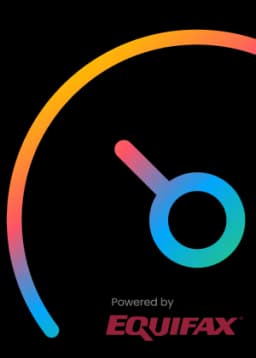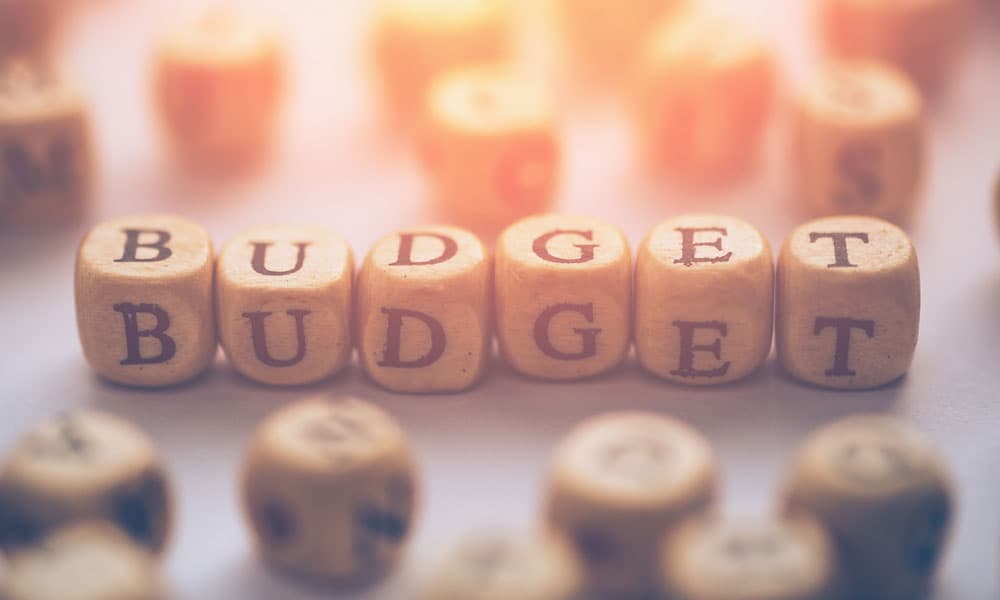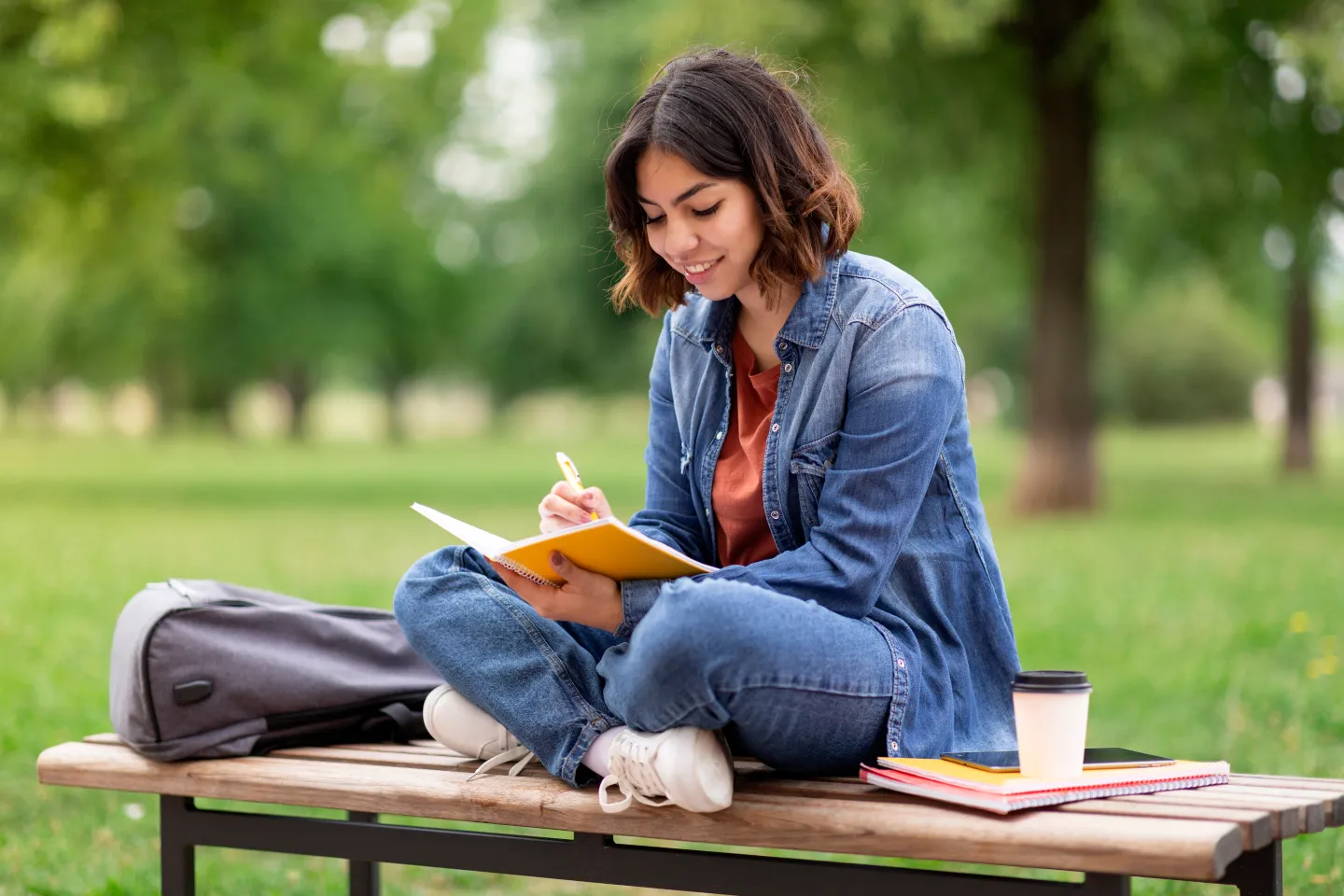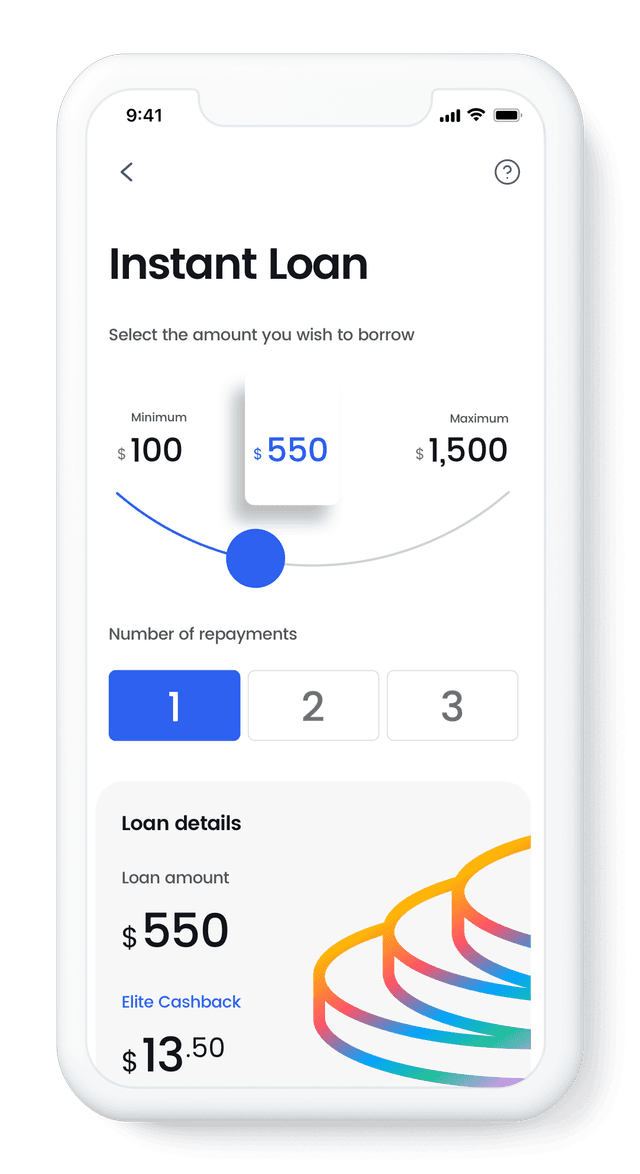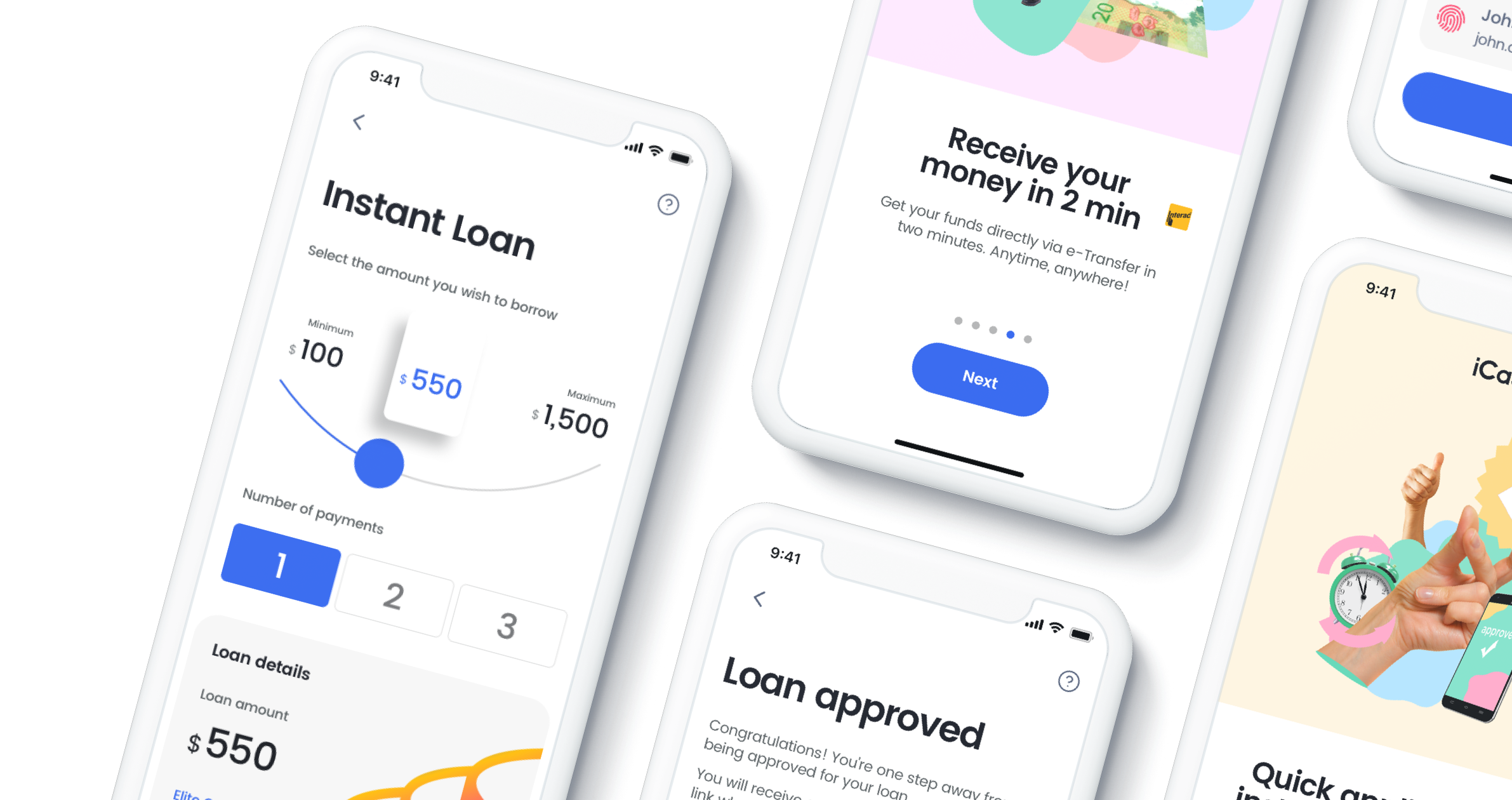We have written a plethora of blog articles with wise words of wisdom for improving different areas of your financial life. We have helped with saving money on groceries, saving money on vacations, and even how to teach your children to manage money!
But sometimes, it is good to take a step back and learn a few basics in order to be able to properly move forward and organize. Since January is the unofficial “get back into financial shape” month, what better time to talk about Money Management 101!
We have mentioned several times how we truly believe that Money Management should be taught at the high school level. The benefits of learning, at an early age, how to budget a household, save for a house, how to manage a credit card, and other everyday money basics, would be so helpful and would probably help to avoid the most common financial mistakes.
So many of us have had to scramble along and unfortunately learn from our mistakes. But here are a few Money Management basics that will help get you back on a healthy financial track.

LESSON 1: BUDGETING
You have probably heard the word “budget” so often you are getting sick of it! Your first thought is probably “been there – done that!”. And your next thought is that it didn’t work! But creating a budget is almost an art form in and of itself! It takes time, practice, and even a little bit of trial-and-error to find the budget that works for you! There are many different types of budgets and ways of tracking. Finding the right combination for your personal situation is key. Here are the Money Management 101 basics for putting together the right budget for you:
Budgeting 101:
• Step 1: To get started, grab all of the necessary information. Put together a file of your bills (monthly and yearly ones), expenses, all your forms of income, and all other living costs. Make sure you have these amounts handy to begin inputting into your budget. Having a bank statement on hand is also an easy way to grab all of your monthly expenses.
• Step 2: Choose how and where to input your amounts. Are you always on your computer? Perhaps a simple excel spreadsheet would work well for you. There are plenty of free excel personal budget templates available on the internet. Or are you more often glued to your smartphone? Perhaps trying one of the budgeting apps, such would be a better option for you.
Perhaps using the tried and tested old school method of pen and paper is your best option. Nothing helps you stick to a budget like posting it on your fridge door so it is a constant reminder! No matter the option, sit down with a nice cup of coffee and input all of these amounts – try to leave nothing out!
• Step 3: Is to find the tracking method that fits your life. Simply writing out your budget won’t help you stick to it. You need to find a way to be accountable and track your progress. There are a few different options.
One of them is the “all-cash-all-the-time” method. When your pay comes in, take out the budgeted amount needed for every expense and put the exact amount of cash in envelopes. Once the budgeted amount in the envelope runs out, you need to wait until next pay before replenishing. When you see money leaving your hands, it is much easier to track.
Another option is the “automate everything” method. Once you know exactly how much each expense is, you can actually automate those amounts to go directly from your account on your paydays to pay those expenses. It is an easy way to make sure that your payments are always done on time!
For a more thorough explanation on how to create a budget, you can read all the details here in our blog: How to Create a Budget to Save Money.
LESSON 2: FIND MONEY:
Now that you can see where you are spending your money, you can also see where you can start allocating your finances differently. You can see where your money is being drained and make different choices. Perhaps you realize that your phone bill is too high and you can do with a smaller data plan. Or perhaps you see that you can cut down on your grocery bill a little. Even finding an extra $15 in your first month can be encouraging when you are used to living paycheck to paycheck!
LESSON 3: MANAGING DEBT:
AH! Debt! This is where most of us have the hardest time! Very few Canadians have the luxury of living debt free. And how we manage our personal debt is one of the main components of how our finances are handled. So how can we properly manage debt?
In order to start to get a handle on our debt, we must first get a global overview of what our debts look like. Take a look at the step-by-step Money Management 101 tips to get a handle on your debt:
DEBT MANAGEMENT 101:
• Step 1: Gather every amount of debt that you owe. If you are unsure of the exact amount that you owe for certain debts, call the creditor and get the exact amount, down to the penny!
• Step 2: List each and every debt and the amount. To do this, you can use the same system of tracking as you used for your budget in order to remain consistent.
• Step 3: Next to each amount, write out their monthly minimum due amounts as well as their interest rates.
• Step 4: Identify a strategy for paying them down as fast as you are able. This could mean choosing to pay more than the minimum required on the one with the highest interest to avoid “wasting” money on interest. Or, perhaps you would prefer to pay off the one that is the closest to being paid off in order to have less creditors. Whichever method you prefer, making and sticking to a strategy is key!
LESSON 4: SAVINGS:
Now that we have managed to put a working budget together, find a little extra money per month, and start to manage our debts, it is time we thought about our savings. Savings always seems like such a faraway dream when we are struggling with our finances and debts, but it doesn’t have to be.
Even putting that $15 that you managed to shave off your grocery bill can be put towards a rainy day. For some additional tips on how to save for a rainy day, check out our blog on the topic here: How to Save for a Rainy Day.
We understand that Money Management is far from easy. And that although these tips seem easy in theory, putting them into practice is harder than it looks. But taking it one day at a time and slowly changing your money habits is the best way to getting into a better financial situation. As always, if you need a little extra hand if you are in a financial crisis, iCash is here to help!

